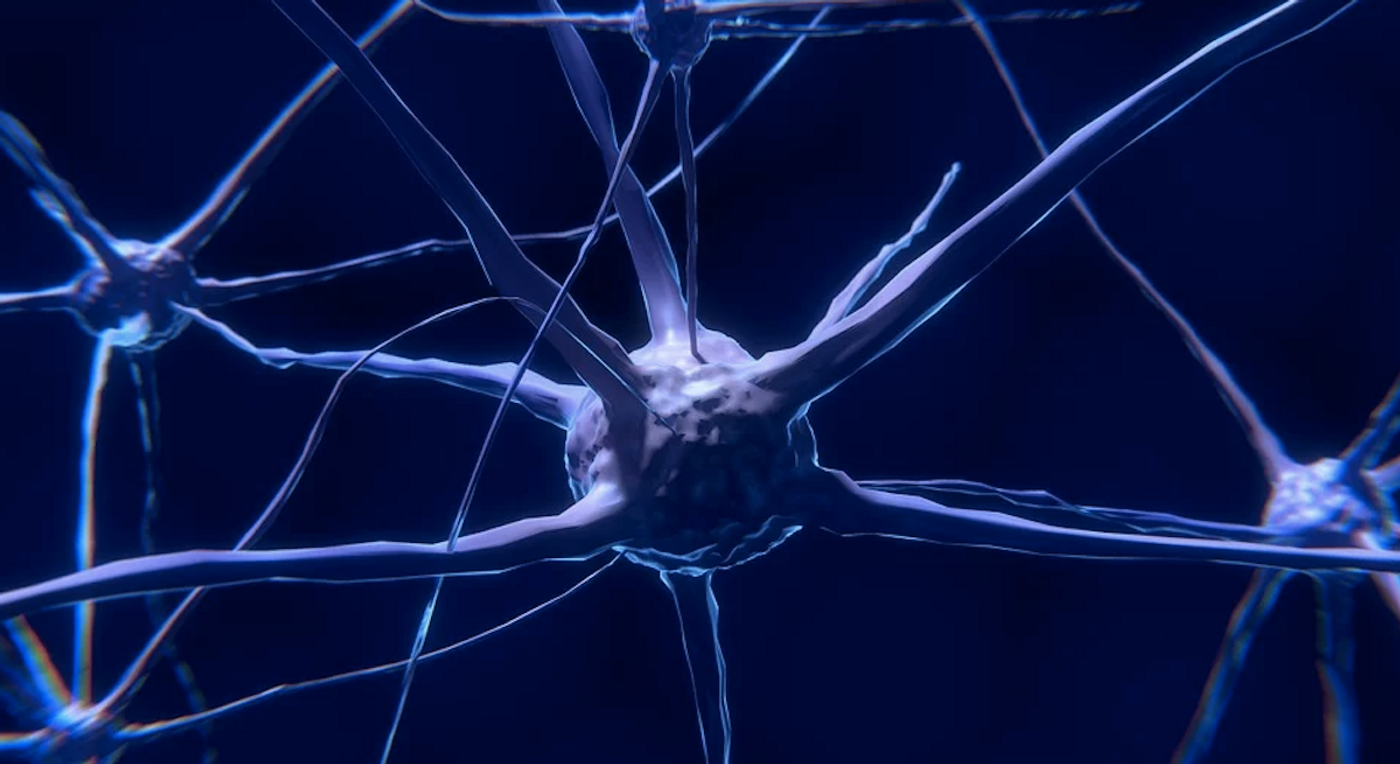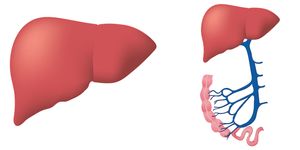Circular RNAs May Play a Role in Psychiatric Disorders
The genome contains the sequences for many genes that code for proteins. There are also regions and chemical tags that help control the activation of genes and the expression of their proteins. Cellular machinery transcribes genes into a molecule called RNA, which is used to generate proteins. It is now known that RNA can serve other purposes as well; some parts of the genome are transcribed into RNA molecules that don't encode for protein. These non-coding RNAs can act as important regulators of gene expression.
Work has identified non-coding RNA molecules that form a circular structure, circular RNAs, in the brain; mammalian brains carry high levels of circular RNAs. New work by scientists at the University of New Mexico has now shown that low levels of one type of circular RNA called circHomer1a are linked to schizophrenia and bipolar disorder.
Reporting in Molecular Psychiatry, the researchers showed that if circHomer1a levels were lowered in the mouse brain, it disrupted the expression of genes at the synapse, which is where neurons connect and send signals to one another. When circHomer1a levels in the frontal cortex were reduced, there was impairment in the cognitive flexibility of mice, which indicates how they respond to change. A similar impairment is seen in bipolar disorder patients.
"These mice can learn and discriminate, but when it comes time for them to adjust their behavior, they are very deficient," said the lead author of the study Nikolaos Mellios, M.D., Ph.D., assistant professor in the Department of Neurosciences. "It takes them way more trials to reverse their behavior."
Circular RNAs seem to have a powerful influence on how genes are transcribed to RNA and proteins are translated, Mellios said. Learn more about them from the video below.
"They don't produce any proteins, but there's emerging research showing that they have important regulatory roles," he added. "They are like conductors in an orchestra. You need these circular RNAs to fine-tune the expression of multiple genes."
The structure of circular RNA gives it more stability than linear forms, and as such, it may be useful as a disease biomarker, noted Mellios. There may also be a path forward for the development of therapeutics that enhance their activity.
"Our lab is working on ways to find the proper approach to manipulate these circular RNAs specifically in patients," he said. "We're also trying to find which drugs will specifically change these circular RNAs as a treatment."
Sources: AAAS/Eurekalert! via University of New Mexico Health Sciences Center, Molecular Psychiatry









